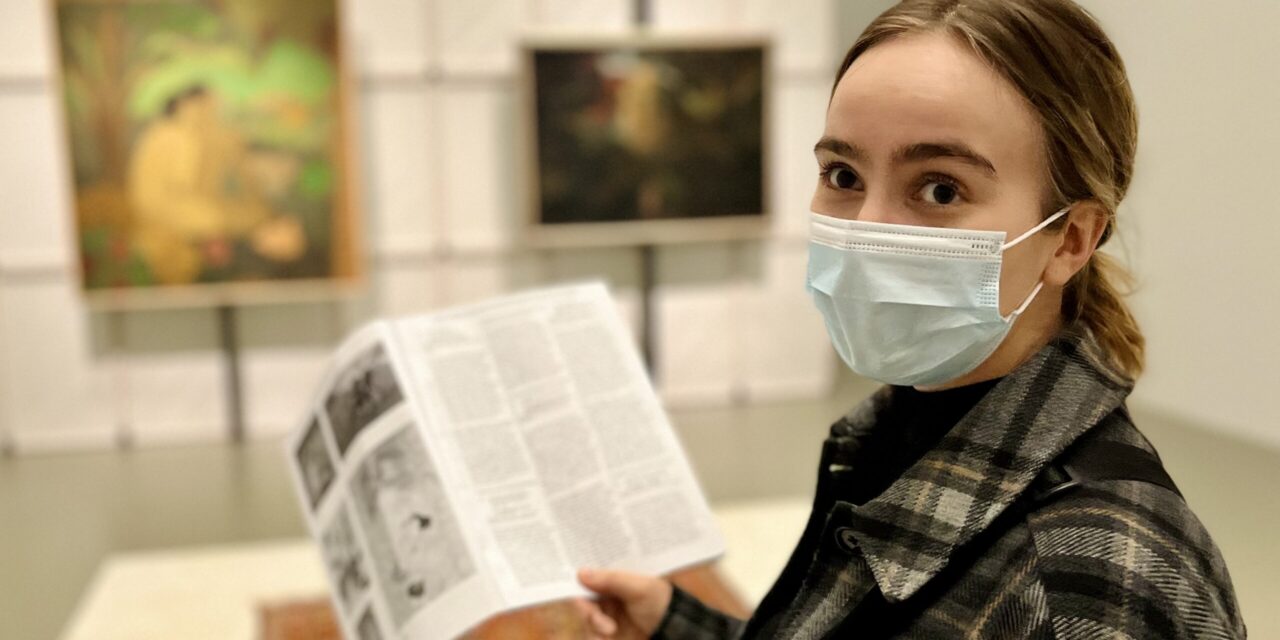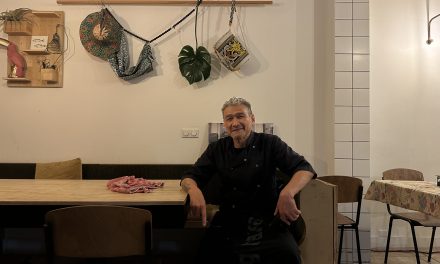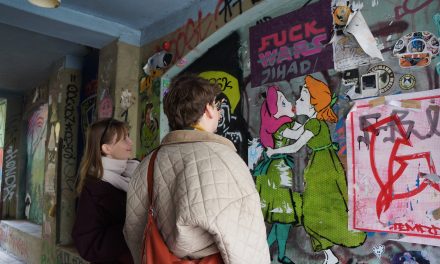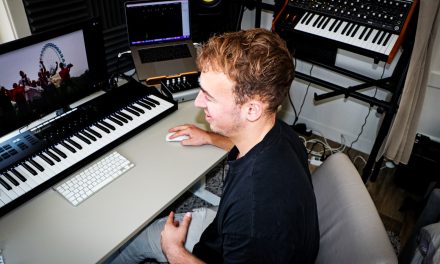Although they are responsible for what we see in museums, they remain mostly hidden: Art curators. Fashion curator Ninke Bloemberg talks about the challenges creating an exhibition and her responsibility to the public.
Entering a museum, we come across a huge collection of artworks. Whether it is paintings, design objects or fashion, in museums people get inspired and educated. What they often do not realize: Everything they see in an exhibition – the art, the artists behind them, even the spot for a piece – it all has been decided mostly by an art curator. But usually, their work remains hidden.
Ninke Bloemberg is a fashion curator at Centraal Museum Utrecht for twelve years now. Although she has a passion for her work, this has not always been a dream of hers: “We went to museums when I was younger, but I was not really aware this job existed.” She studied in a fashion academy and art history and first started as a fashion curator through an internship. “Currently, there are master studies, but at that time it was a job you learned by doing”, she says.
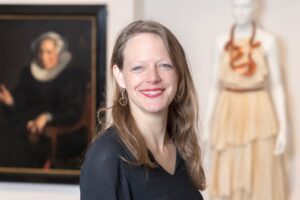
Fashion art curator Ninke Bloemberg. Photo: Centraal Museum Utrecht.
Most of her work is behind the scenes: doing research about a collection, spending time in the library and in archives. But that is just the tip of the iceberg: “A large part is networking: talking with people and getting everybody on board”, Bloemberg says. Although the Centraal Museum Utrecht has pieces of its own collection as a base, each exhibition leads to loans from other museums. As another part of her job, she is also responsible for the finances of her exhibitions.
But how can you decide what art is in the first place? According to Bloemberg, you must take a step back: “It is important not to look at an object or subject from one direction – my exhibitions are not about beauty or taste.” As a result, the fashion objects she exposes would sometimes not be her choice in her everyday life. In fact, it is more about what might be new and interesting to the public: “As a curator you see a lot, that helps you diversifying whether things have been done before.” That also means dealing with changes in society, she says. “You try to feel what’s in the air right now – I’m not interested in the color of a season; I’m interested in the overview.”
As soon as she has chosen a subject or an artist, another challenge comes up: Getting the object of desire. “It’s not like going to a shopping mall – you cannot call everyone directly and just say what you want”, Bloemberg explains. For certain loans from other museums, you would need to ask a year in advance. After collecting the pieces she wanted, she must find the perfect spot and decide how to expose the artwork: “In a way that it appeals to the public, that it does not any harm to the design and that the designer is happy as well.”
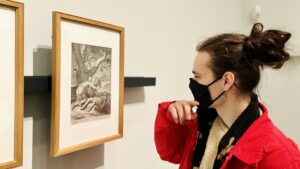
A visitor in the Centraal Museum Utrecht. Photo: Laura Pickert.
Bloemberg feels a responsibility to every exhibition she makes: “Our goal is to give insights without pointing fingers – we do not want any visitors to leave feeling guilty.” Although many subjects she is working on are polarizing, she tries to find a way to make them accessible rather than lecturing people. Ninke Bloemberg is proud of her work as fashion curator: “It’s important that visitors get inspired and learn new things – and I’m a part of that.”
